Know Your Computer | Year 4 Computing IGCSE (Cambridge) PDF Download
Definition and Purpose of a Computer
What is a Computer?
A computer is an electronic machine that can perform tasks based on instructions (programs). These tasks include calculating, storing information, and displaying results. It works with input, processes the information, and then gives an output based on that information.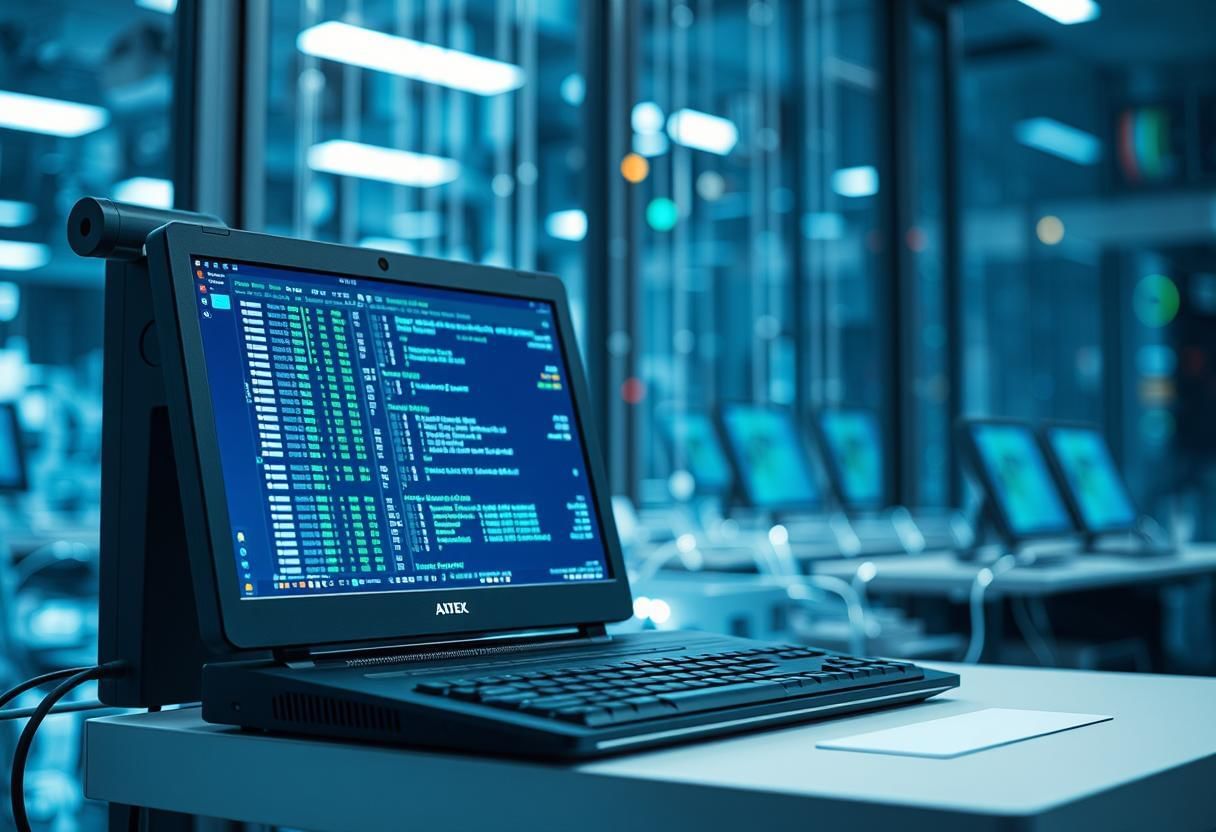 Smart Automation
Smart Automation
Purpose of a Computer:
Computers are used for many different purposes:
- Data Processing: Computers can perform calculations and process information. For example, they can help with adding numbers or processing text documents.
- Communication: Computers connect us to the internet, allowing us to send emails, browse the web, and communicate with others worldwide.
- Storage: Computers can store a large amount of information like documents, pictures, and videos, which can be accessed anytime.
- Automation: Computers can automate tasks such as manufacturing, accounting, and even controlling robots.
Key Features of Computers:
- Speed: Computers can process information quickly, much faster than humans.
- Accuracy: Computers perform tasks with little to no errors.
- Automation: Once a computer is programmed, it can perform the same task over and over without human help.
- Storage: Computers can store large amounts of data for easy retrieval later.
- Versatility: Computers can be used for many different tasks, such as education, entertainment, and business.
Components of a Computer System
A computer system is made up of two main parts: hardware and software. Hardware refers to the physical parts of a computer, while software refers to the programs or applications that tell the computer what to do.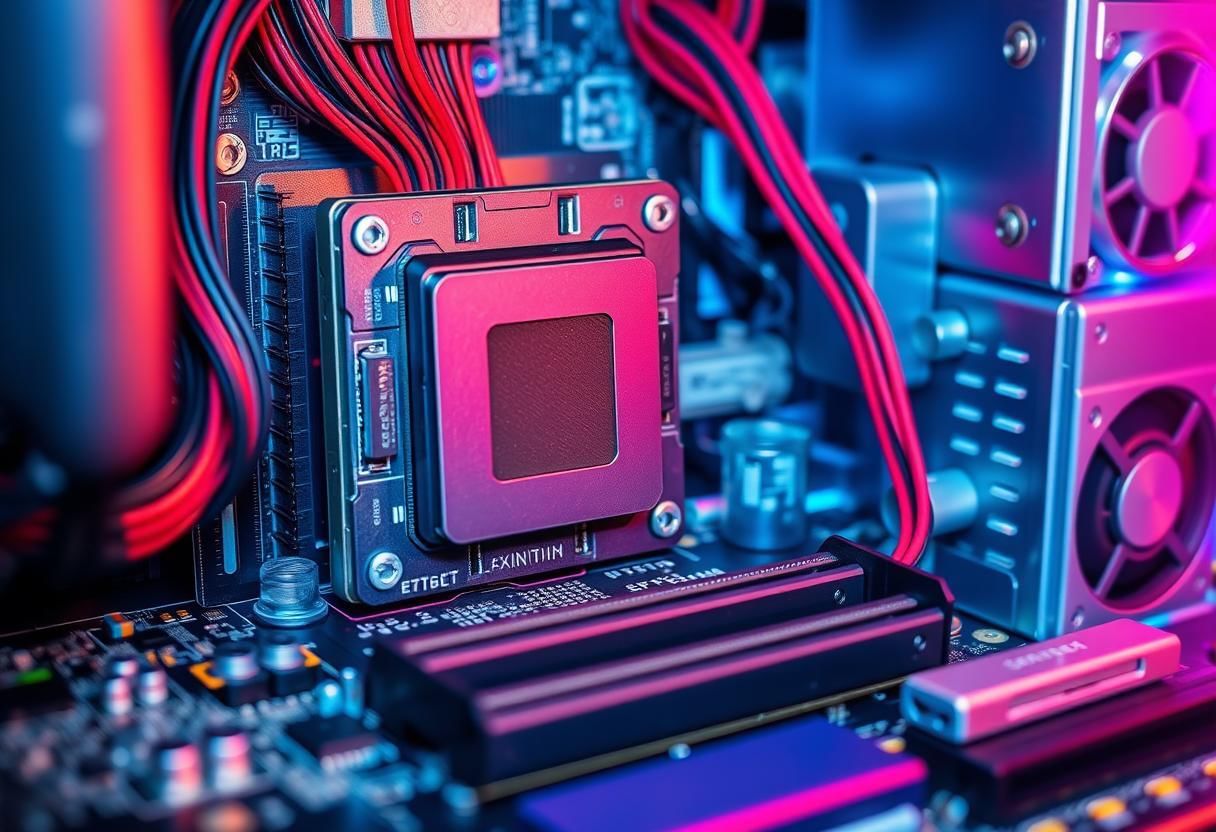 Computer Components
Computer Components
1. Central Processing Unit (CPU):
The CPU is the brain of the computer. It takes the instructions from the software and processes them. It controls everything the computer does. The CPU has three main parts:
- Arithmetic Logic Unit (ALU): Handles all the math and decision-making (like addition or comparing numbers).
- Control Unit (CU): Directs the operations of the computer by interpreting and executing instructions.
- Registers: Small, fast storage areas inside the CPU that store data for quick access.
2. Memory (RAM & ROM):
- RAM (Random Access Memory): This is the computer's short-term memory. It temporarily stores data that the CPU needs while it’s working on a task.
- ROM (Read-Only Memory): This is the computer’s long-term memory. It stores important information that the computer needs to start up (like the BIOS).
3. Motherboard:
The motherboard is the main circuit board that connects all the computer components. It allows them to communicate with each other.
4. Power Supply:
The power supply provides electrical power to the computer. It converts the electricity from your home or office into a usable form for the computer to function.
Input Devices: Keyboard, Mouse, Microphone
Input devices are tools that allow us to give instructions or data to the computer.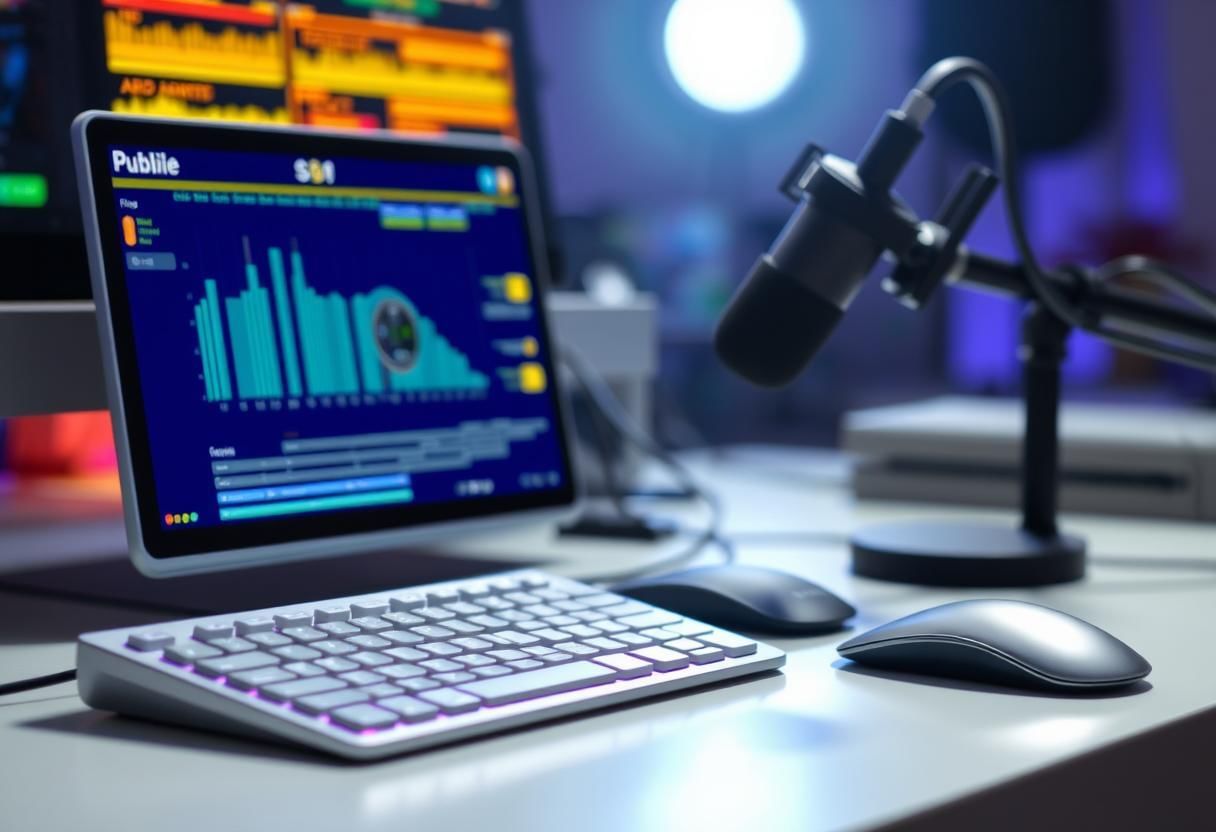 Digital Setup
Digital Setup
1. Keyboard:
The keyboard lets you type letters, numbers, and symbols into the computer. It is one of the most commonly used input devices. There are many types of keys on the keyboard, such as:
- Alphanumeric Keys: These include all the letters and numbers.
- Function Keys: Keys like F1-F12 that are used for special functions in software.
- Navigation Keys: Arrow keys, Home, End, etc., help you move around documents.
- Control Keys: Keys like Shift, Ctrl, and Alt help you perform special actions.
2. Mouse:
The mouse is a device that lets you move a pointer on the screen. It has buttons that you click to select things. You can use the mouse to point, click, or drag things on the screen.
Types of Mice:
- Mechanical Mouse: Uses a ball to track movement.
- Optical Mouse: Uses light to track movement, making it more accurate.
3. Microphone:
A microphone lets you speak into the computer. It is often used for voice commands, recording sound, or chatting with others.
Output Devices: Monitor, Printer, Speakers
Output devices are tools that allow the computer to show us the results of its work.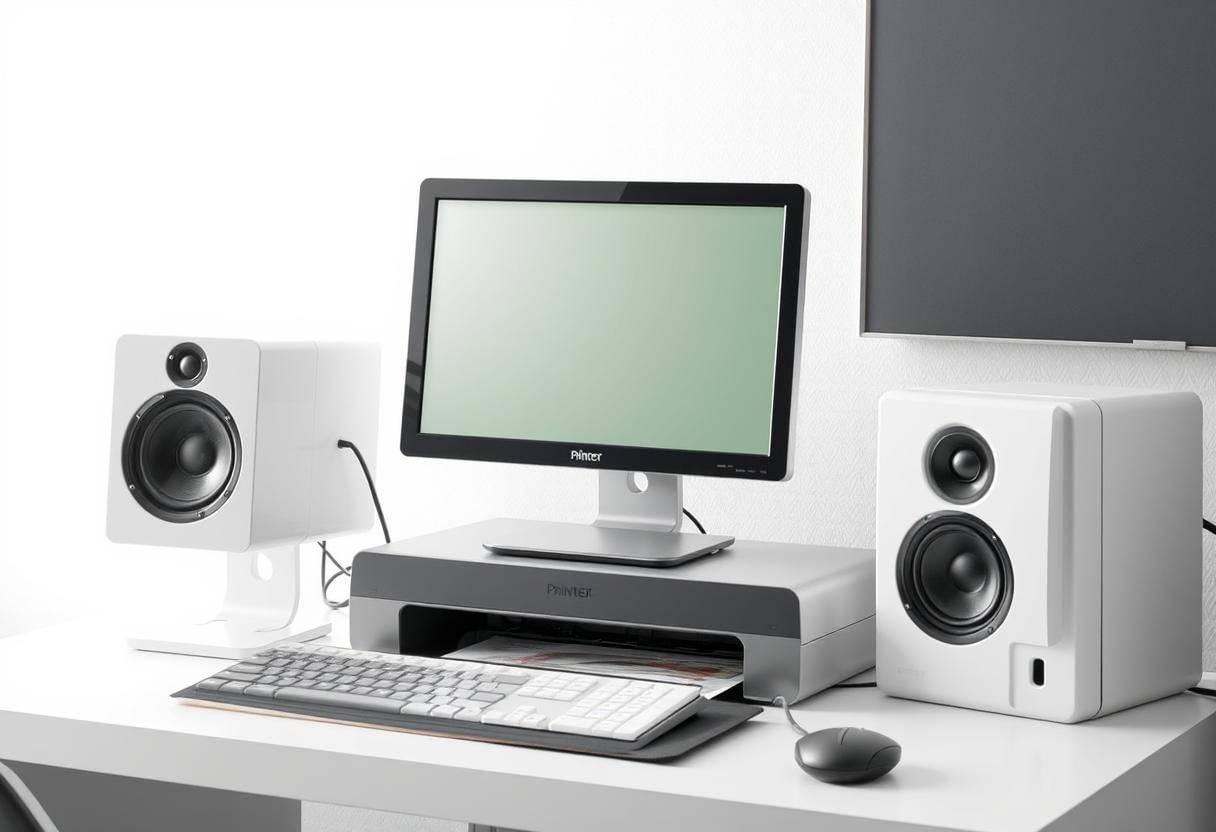 Tech Setup
Tech Setup
1. Monitor:
A monitor is the screen where you see the computer’s output. It shows text, pictures, and videos. There are different types of monitors:
- CRT (Cathode Ray Tube): Older type of monitor that is bulky.
- LCD (Liquid Crystal Display): Thinner and lighter, uses liquid crystals to display images.
- LED (Light Emitting Diodes): A more energy-efficient type of LCD screen.
2. Printer:
Printers allow you to get a physical copy of your work. They can print text and pictures on paper. Two common types of printers are:
- Inkjet Printer: Uses liquid ink to print images and text.
- Laser Printer: Uses a laser to print text and images quickly and clearly.
3. Speakers:
Speakers allow you to hear sound from the computer. This can include music, videos, or any other sound produced by the computer.
Storage Devices: Hard Disk, CD/DVD, USB Flash Drive
Storage devices allow the computer to store data for future use.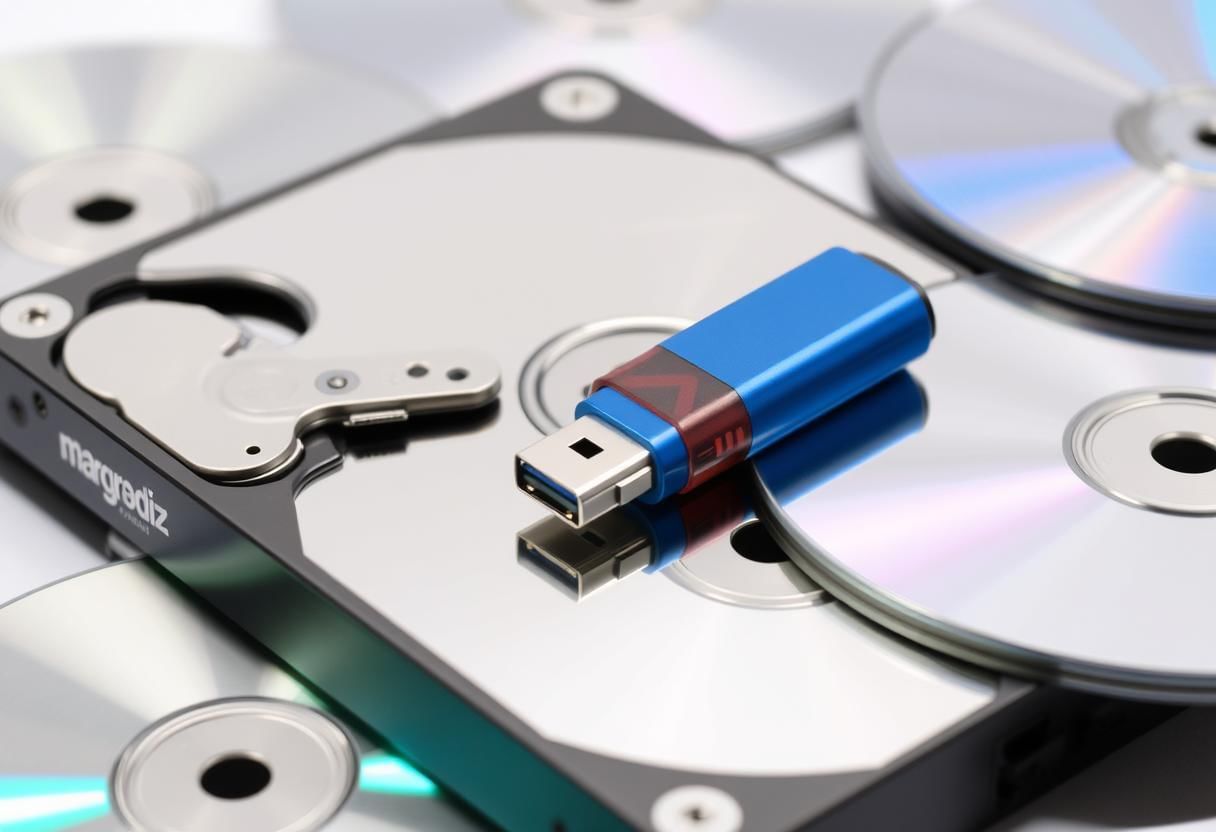 Data Storage Solutions
Data Storage Solutions
1. Hard Disk: The hard disk is where most of your computer’s data is stored. It is a long-term storage device that holds operating systems, software, and files.
Types of Hard Drives:
- Internal Hard Drives: These are built into the computer.
- External Hard Drives: These can be connected to the computer using USB or other ports for extra storage.
2. CD/DVD: CDs and DVDs are optical discs used to store data. You can read and write data using a laser.
3. USB Flash Drive: USB flash drives are small, portable devices used to store data. They connect to the computer via a USB port and are used to transfer data from one computer to another.
Basic Functions: Input, Process, Output, Storage
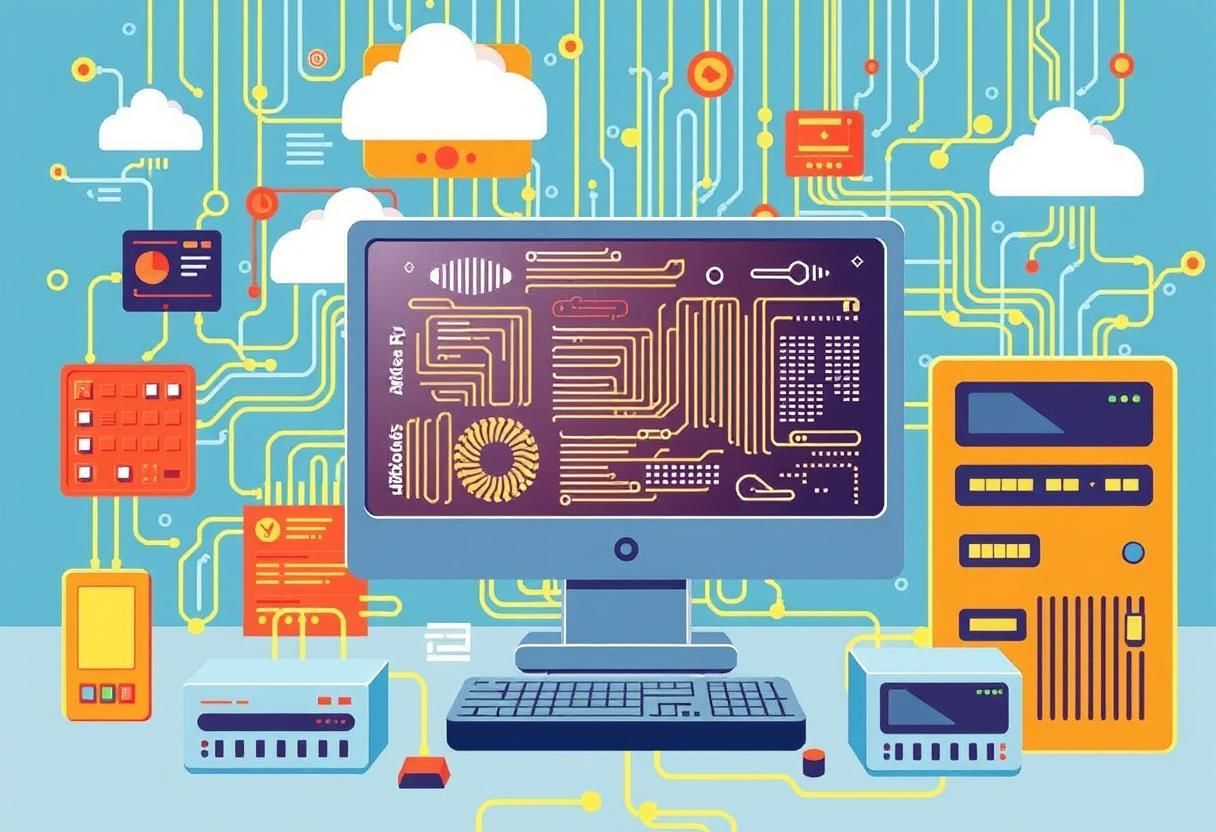
Computer Architecture
A computer performs four basic functions to work:
1. Input:
Input is the process of giving data or instructions to the computer through devices like the keyboard or mouse.
2. Process:
The CPU processes the data according to the instructions provided by the software.
3. Output:
After processing, the computer sends the results to an output device like a monitor or printer.
4. Storage:
Data is stored in memory for quick access and in storage devices for long-term use.
Project Idea: Research and Write About Technologies Like MICR, OCR, and OMR
1. MICR (Magnetic Ink Character Recognition):
This technology is used by banks to process checks. It uses magnetic ink to print characters that can be easily read by machines.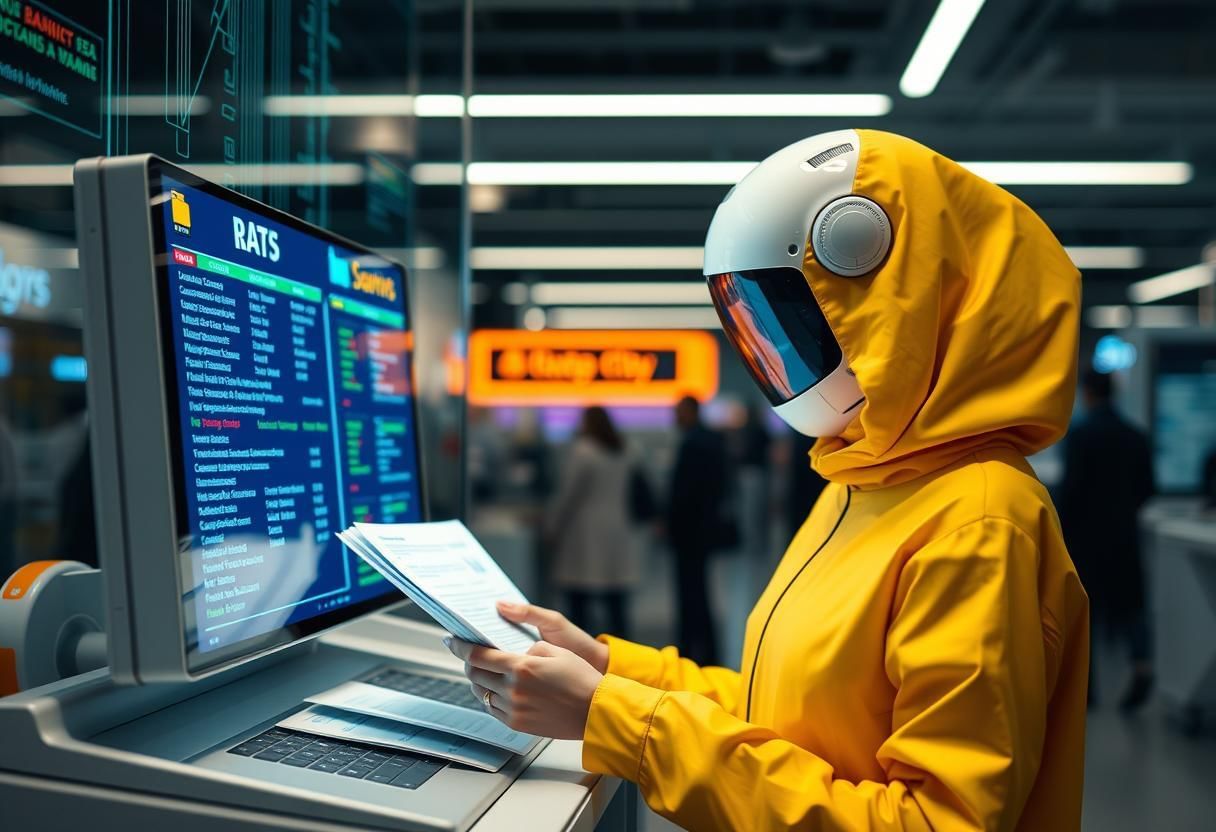 Digital Banking Insights
Digital Banking Insights
2. OCR (Optical Character Recognition):
OCR is used to convert printed or handwritten text into digital data. It’s often used to scan documents and convert them into editable text.
3. OMR (Optical Mark Recognition):
OMR is used to read marks on forms, such as surveys or multiple-choice tests. It can detect filled-in circles or squares and convert them into data.
Summary:
This chapter introduced the basics of computers, including their components and how they work. We learned about input and output devices, storage, and the basic functions that allow a computer to process and store data. Understanding these basics will help you use computers more effectively and build on this knowledge in the future.
|
8 docs|8 tests
|
FAQs on Know Your Computer - Year 4 Computing IGCSE (Cambridge)
| 1. What is a computer and what are its main components? |  |
| 2. How does the CPU work in a computer? |  |
| 3. What is the difference between RAM and storage? |  |
| 4. What are input and output devices, and can you give examples? |  |
| 5. Why is it important to know how to use a computer? |  |
















